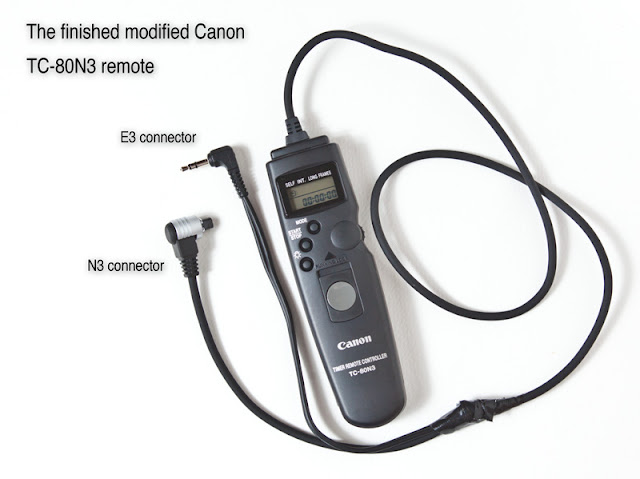 |
| 150 minutes of night sky taken on Salt Spring Island in Canada |
Friday, May 20, 2011
Guide to star trailing
Ever see those pictures where the stars streak across the sky in a big arc? or maybe the whole sky looked like it was spinning? What you saw was start trails. The streaks were light left behind on the sensor or film from the star as it traveled across the sky in front of an open camera shutter. In fact, what are being recorded are stationary stars and the rotation of the earth spins past them. For me, the images seem to have a certain magic or mystery about them. You must have heard a photographer talking about capturing that perfect moment in time. Well for capturing star trails you will need to capture the perfect hour or two in time. For such amazing looking images the technique to capture them is really quite simple. Keep reading for a complete set of instructions from start to finish.
Wednesday, May 11, 2011
A new perspective on star trails
I have always shot star trails with a fisheye or ultra-wide angle lenses. It just seemed to make sense. More sky would equal more stars. I tried shooting star trails at a longer focal length and was pretty happy with the new perspective. Read on to learn why...
 |
| 85mm @ f/1.6 ISO 1600 for 240 seconds. |
Tuesday, May 10, 2011
LP Workshop in Okinawa Japan!
I am extremely pleased to announce i will be hosting a light painting and night photography workshop in Okinawa, Japan. Keep reading for the details...
Sunday, May 8, 2011
Canon TC 80N3 remote hack
So you had a 30D or 40D and decided to upgrade to a brand spanking new 60D. You had already invested in a RS-80N3 or an even more expensive TC-80N3 timer remote or had already invested in both. That fancy N3 connector made you feel like you had an accessory for a higher end camera. This was more advanced that the old style 3/32"(2.5mm) stereo plug(Canon calls it an E3 connection) that had been used in the old days and is still being used on lower end consumer Canon DSLR's. You un-box that bad ass new 60D and head out into the night to break that new cam in. You have set up your shot, or may have gone as far as tracking your telescope and mounting your cam to that, and now go to connect your N3 type remote. Unfortunately, you are shocked by what you find. It seems that some idiot at Canon decided that it would be funny to revert the pro-sumer 60D to the 3/32"(2.5mm) stereo jack connector that had been previously reserved for the lower end consumer models. WTF? Canon. This is not funny. I have to spend more money after investing in the best they had to offer??? Did I just spend over 1000 bucks on a consumer level camera??? Luckily there is a hack... All you need to know to fix this dilemma after the jump below the picture.
Labels:
Canon RS80N3,
canon TC80N3,
hack,
mod,
tutorial
Saturday, May 7, 2011
Good news for Mac users!
Good news for those night shooters who are using Macs. Until now the only choice we had for stacking shots was an action in Photoshop. The widely used Startrails.app was limited to windows which has always been a major nuisance to say the least. Photoshop did a wonderful job but was slow and tied up memory which limited what other tasks could be done simultaneously.
Thursday, May 5, 2011
Hot sparks!
I brought a first timer out for some star shooting. The conditions were less than perfect so I thought I would show him a bit of light painting and wire wool spinning. I asked him if I could throw a few sparks at him and offered a hat and gas mask for some protection. He agreed but I do not think he was prepared for what I had in mind. More shots after the jump...
Labels:
gas mask,
light painting,
steel wool
The lights we use
Here is a brief video outlining some of the lights I use for light painting and night photography. Hit me up with any questions in the comments
Light stencil tutorial
Light stencils are an easy way to add in graphic elements to long exposure shots. Basically, is lit from behind with a flash in the frame while the shutter is open during a long exposure. The graphic remains while the person and box are completely invisible.
Subscribe to:
Posts (Atom)



